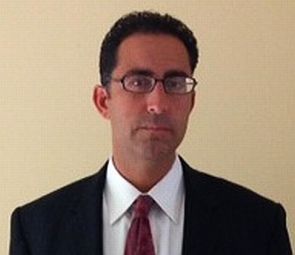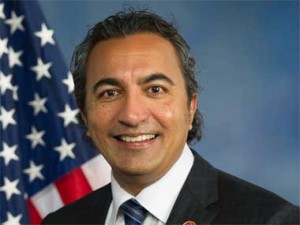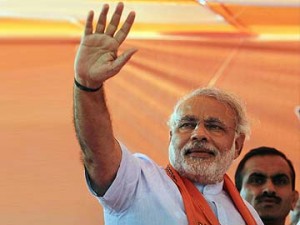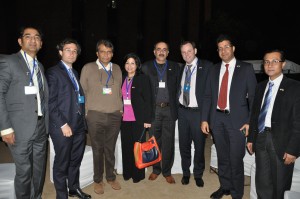Last month, the U.S. ambassador to India, Nancy Powell, held a meeting with Narendra Modi, chief minister of the state of Gujarat, at his official residence in Gandhinagar. Nine years after it banned Mr. Modi from entering the country—over questions about his particular role in the 2002 religious riots in his state—the United States has finally signaled a thaw in the relationship.
The most recent ABP News-Nielsen opinion poll indicates that Mr. Modi, currently the Bharatiya Janata Party’s nominee for prime minister, holds the greatest public support for taking the office later this year. Since January, support for Mr. Modi has only risen, with 57% of respondents stating that they favor him over others, such as the Congress party’s Rahul Gandhi, who polled at a mere 18%. For now, all key signs indicate that Mr. Modi will assume the post of prime minister.
Ms. Powell’s decision to meet with Mr. Modi was the right one; it was certainly a long time coming. The United States should continue this process of reconciliation by removing its visa ban on the BJP’s nominee. For one, the Supreme Court of India has freed Mr. Modi of any complicity in the riots. For another, a rocky relationship with India—specifically India’s likely incoming prime minister—threatens to harm the progress that the United States has made in the last decade.
Thus, Ms. Powell’s meeting with Mr. Modi was news much welcomed by the U.S. India Political Action Committee (USINPAC), which has spearheaded the grassroots lobbying effort against House Resolution 417, a piece of legislation in the U.S. House of Representatives, which among other things, places the blame for communal violence in India on Hindu nationalism and not even a modicum of it on the Indian Mujahideen or Maoist terrorists; calls for the creation of minority courts in India to dispense justice, essentially undermining an independent judiciary; and utterly ignores India’s long history of religious accommodation. In effect, the Resolution appears to be an attempt to delegitimize Mr. Modi’s run for the prime ministership. With the strong backing of lawmakers informed about the US-India relationship—such as Representatives Ed Royce (R-CA), Eni Faleomavaega (D-AS), and Mike Honda (D-CA)—USINPAC has helped to prevent the Resolution from reaching the House floor for a vote. In the process, it has prevented further damage to the U.S.-India relationship.
The United States and India should, by nature, be genuine allies. India faces many challenges similar to those of the United States: national division, the rise of China, a stagnating economy, and the terrorist threat. It also stands as a kindred spirit of Western ideals in the region. One should merely glance at a map to come to the realization that India stands as a bulwark against regional chaos. There is Pakistan, which most famously failed either to recognize or alert U.S. authorities that Osama bin Laden—the most wanted criminal in America—was hiding out in a bunker in Abbottabad, less than a mile away from the Pakistan Military Academy. Bangladesh has long faced issues of failed governance and a difficulty in securing the rule of law. Then there is China. The Communist state has undermined a wide range of U.S. interests. The reality of the situation in the region is that India can be a critical part of the solution. But the United States must first accept this reality.
Of late, there has been growing concern among Indian officials and the public that the United States has lost interest in their country—especially after such successes as a civilian nuclear deal signed under President George W. Bush and President Barack Obama’s proclaiming his support for a permanent seat for India on the United Nations Security Council. Rectifying this loss in trust will take a great deal of work, but it is in the interest of the United States to make this process a priority.
A logical first step is to improve relations with the man who has long been leading national polls for the post of prime minister in India. The United States should assume a proactive stance on reconciliation. What signs would it send were it to remove the visa ban only after Mr. Modi’s official victory? It would imply that the relationship has no foundation and surely no mutual respect. The United States does not want to appear as though it is meddling in the affairs of the world’s largest democracy, and this is a legitimate concern. However, by avoiding engagement altogether, the world’s most powerful democracy would signal that it does not see much value in its relationship with India.
Mr. Modi has achieved genuine economic results for Gujarat. The state has boasted a double-digit general growth rate; performed quite well in the agriculture sector, recording a 6.5% growth rate; grown the number of universities in the state from 15 in 2000 to 52 in 2014 and the number of government colleges in the same time frame from 20 to 71; and has seen dramatic improvements in social indicators, such as infant mortality and the school dropout rate, with the former dropping from 60 in 2001 to 41 today and the latter from 20% to 2% in the same time frame. Ultimately, Gujarat has become India’s most favored state for investors. It is largely because of Mr. Modi’s economic policies and results that significantly more Indians favor him over other candidates.
It is true that Mr. Modi is known as a nationalist. It is also true that he is a nationalist whose interests mostly align with those of the United States. Were he to assume the post of prime minister, he would seek to revitalize economic growth throughout India; strengthen India’s foreign policy and national security; and ultimately, raise India’s global reputation as a prudent and strong state. These policies would benefit the United States.
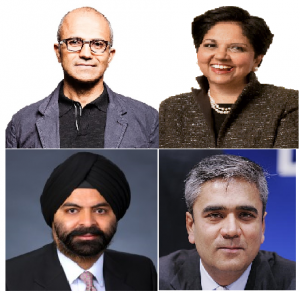 Indian “tech pioneers” such as Vinod Dham, who mastered in manufacturing breakthrough technologies such as the Pentium chip and entrepreneurs like Kanwal Rekhi and Vinod Khosla, who founded Excelan and Sun Microsystems, have created foot prints for others to follow on their tread mill.
Indian “tech pioneers” such as Vinod Dham, who mastered in manufacturing breakthrough technologies such as the Pentium chip and entrepreneurs like Kanwal Rekhi and Vinod Khosla, who founded Excelan and Sun Microsystems, have created foot prints for others to follow on their tread mill.
